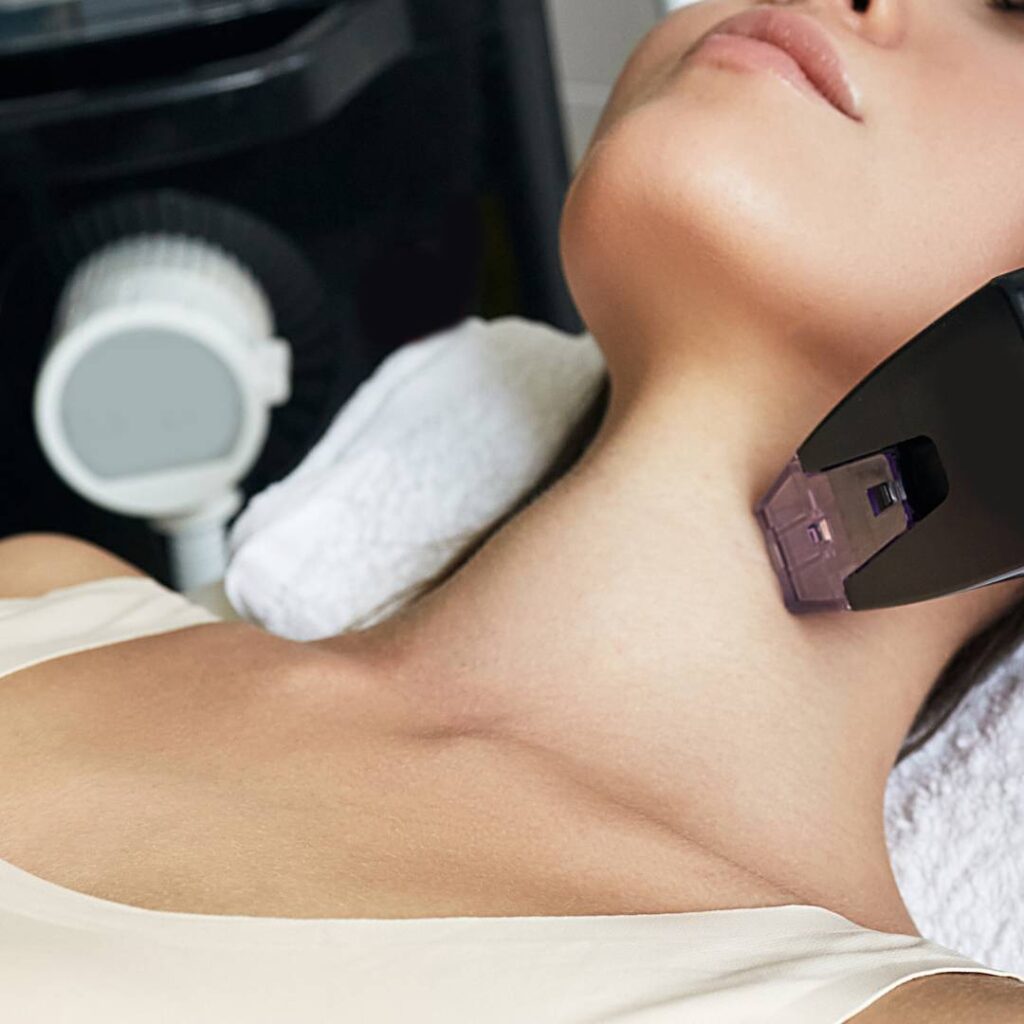Microneedling pen and plasma pen treatments have gained immense popularity in recent years, becoming sought-after non-surgical cosmetic procedures. The acknowledgment of their widespread acceptance underscores the growing interest in minimally invasive aesthetic enhancements. As individuals increasingly turn to these procedures for skin rejuvenation and tightening, it becomes crucial to discern the differences between microneedling and plasma pen treatments to achieve optimal results. While both methods contribute to the overall improvement of skin texture and appearance, understanding their distinct mechanisms and applications is key to tailoring treatments to specific needs. This informative approach ensures that individuals can make informed decisions about the most suitable technique for their desired outcomes. Against the backdrop of a rising demand for non-surgical cosmetic procedures, the introduction of microneedling and plasma pen treatments exemplifies a shift towards effective and less invasive alternatives, reflecting a broader societal trend towards prioritizing natural-looking enhancements.
What is Microneedling?
Microneedling, a revolutionary cosmetic procedure, involves the use of a microneedling pen designed with tiny needles to enhance the skin’s overall condition. This non-surgical technique works by creating controlled micro-injuries to the skin’s surface, prompting the body’s natural healing response. The pen-like device’s mechanism ensures precise and controlled penetration, contributing to the stimulation of collagen production. This collagen stimulation is fundamental to achieving improved skin texture and appearance, making microneedling an attractive option for those seeking non-invasive methods to rejuvenate their skin.
What to expect during microneedling?
During a microneedling session, individuals can anticipate minimal discomfort, thanks to the controlled and precise nature of the procedure. The pen’s tiny needles create micro-channels in the skin without causing significant pain. For those with heightened sensitivity, a numbing cream may be applied before the treatment, ensuring a more comfortable experience. This consideration for patient comfort underscores the adaptability and accessibility of microneedling, making it a versatile option for individuals with varying pain tolerances.

Benefits of Microneedling
The benefits of microneedling extend beyond the immediate comfort of the procedure. The primary advantage lies in collagen stimulation, a crucial element for achieving lasting improvements in skin texture. By promoting the production of collagen, microneedling effectively reduces fine lines, diminishes the appearance of scars, and minimizes enlarged pores. appearance of scars, and minimizes enlarged pores. This comprehensive approach makes microneedling an appealing choice for individuals seeking a holistic solution to address multiple skin concerns without the need for invasive surgery or extended downtime. The transformative effects of microneedling contribute to its growing popularity as a reliable and effective cosmetic treatment option.

Plasma Pen
Plasma pen treatment has emerged as an innovative solution in the realm of non-surgical cosmetic procedures. This cutting-edge technique involves the use of a plasma pen, which employs ionized gas to create controlled micro-injuries on the skin’s surface. Unlike other treatments, the plasma pen’s unique process harnesses the power of ionized gas to stimulate skin rejuvenation. During a plasma pen session, individuals can expect mild discomfort due to the targeted application of the device. To enhance comfort, a topical anesthetic may be applied before the treatment, ensuring a more pleasant experience. The benefits of plasma pen treatment are particularly noteworthy, focusing on skin tightening and rejuvenation. By addressing sagging skin and reducing wrinkles, the plasma pen offers a non-invasive option for individuals seeking to enhance their skin’s firmness and overall youthful appearance. The distinctive approach of the plasma pen, combined with its effectiveness in tackling signs of aging, underscores its rising popularity as a viable and attractive cosmetic treatment choice.
Differences Between Microneedling Pen and Plasma Pen Treatments
The disparities between microneedling pen and plasma pen treatments are evident in their key distinctions. Firstly, the mechanism of action sets them apart – microneedling involves the use of a pen-like device with tiny needles to create controlled micro-injuries, stimulating collagen production and improving skin texture. On the other hand, plasma pen treatment utilizes ionized gas to generate controlled micro-injuries, primarily focusing on skin tightening. Secondly, the targeted concerns of these treatments differ; microneedling primarily aims at collagen stimulation, addressing issues such as fine lines, scars, and enlarged pores, while the plasma pen concentrates on skin tightening, reducing sagging skin and wrinkles. Lastly, variations in application and recovery time contribute to the divergence between the two procedures. Microneedling, with its minimal discomfort and quick recovery, may appeal to those seeking a relatively swift process. In contrast, plasma pen treatment, while effective, might involve a slightly longer recovery period. Understanding these key distinctions enables individuals to make informed decisions based on their specific cosmetic goals and preferences.
Microneedling and plasma pen treatments represent two prominent non-surgical cosmetic procedures, each offering distinct benefits in skin rejuvenation. Microneedling, utilizing a pen-like device with tiny needles, focuses on collagen stimulation and addresses concerns like fine lines and scars. In contrast, plasma pen treatment, employing ionized gas, is specifically designed for skin tightening and reducing wrinkles. The emphasis here is on understanding the differences between these treatments to make informed decisions that align with individual aesthetic goals. It is crucial for readers to recap the unique mechanisms, targeted concerns, and variations in application and recovery time discussed earlier. Before opting for either microneedling or plasma pen treatment, individuals should always consult with professionals in the field. This ensures a personalized approach that considers their specific needs and preferences. By recognizing the nuances between these procedures, individuals can confidently navigate the realm of non-surgical cosmetic enhancements and make choices that contribute to their desired aesthetic outcomes.




